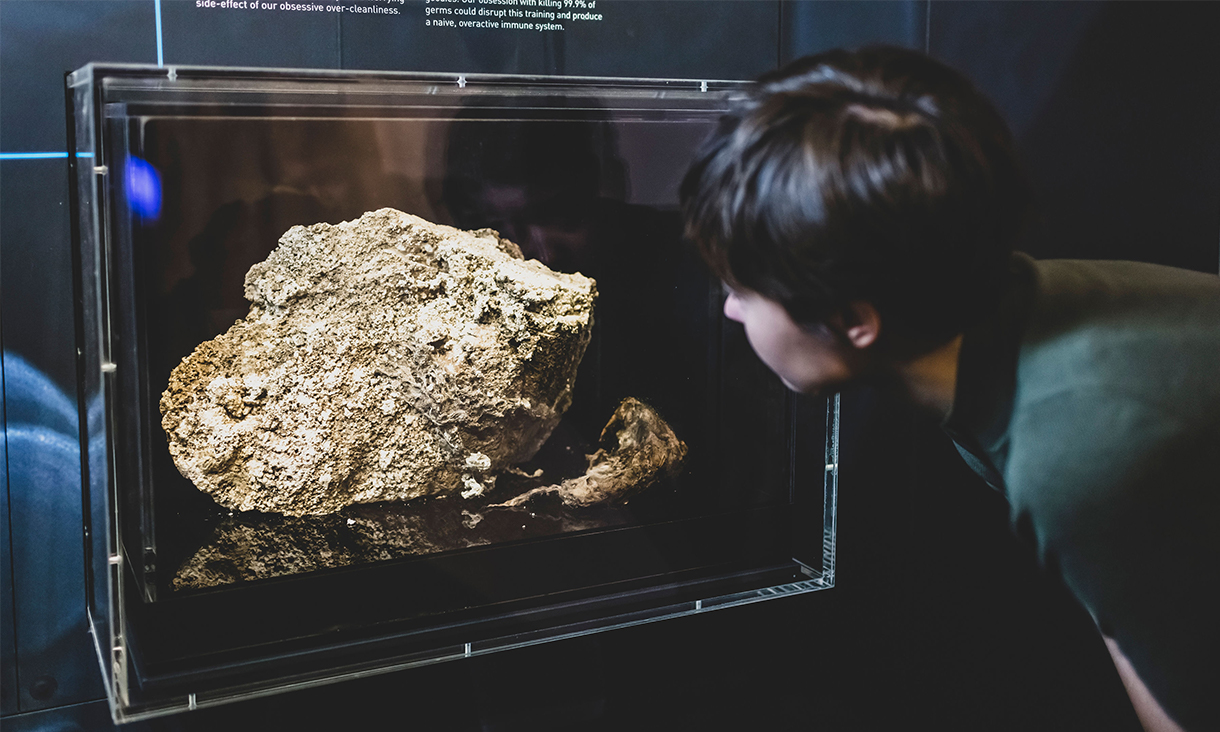Driverless cars are no place to relax, new study shows
Early data on activities that will be unsafe to undertake in automated vehicles has been released. From doing work to watching the world, from social media to resting – preliminary results are in.
New Siemens Digital Energy TestLab launched at RMIT
RMIT and Siemens have announced a new Digital Energy TestLab that’ll allow students and researchers to simulate intelligent electrical systems for smart cities in a Victorian first.
Cement-free concrete beats corrosion and gives fatbergs the flush
Researchers from RMIT University have developed an eco-friendly zero-cement concrete, which all but eliminates corrosion.
Thin and ultra-fast photodetector sees the full spectrum
Researchers have developed the world’s first photodetector that can see all shades of light, in a prototype device that radically shrinks one of the most fundamental elements of modern technology.









